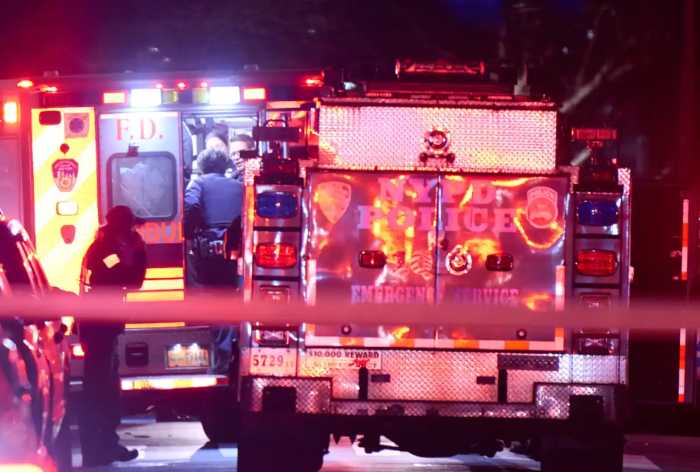By Karen Frantz
Six months after Hurricane Sandy, legislators cautioned that while progress has been made in the storm-battered coastal regions of Queens, there still is much left to be done before life returns to normal.
State Sen. Joseph Addabbo (D-Howard Beach) said he saw two worlds in his district: one in which the drum beat of everyday life has resumed, where stores are open and residents are back in their homes, and the other in which stores are still closed, perhaps permanently, and some residents are still out of work and/or homeless.
“My work as an elected official will not be done until both of these worlds are one again,” he said.
City Councilman Donovan Richards (D-Laurelton) also said people must remember that not all of the issues surrounding Hurricane Sandy have been resolved.
“No amount of time passed is an excuse to forget those in need,” he said. “We must not only help with our prayers, but also with our actions.”
And state Assemblyman Phil Goldfeder (D-Ozone Park) said there are many questions that still need answering in the long road to recovery as residents still wait for official Federal Emergency Management Agency flood maps, new building codes and flood mitigation projects, among other needs.
“My job is to ensure that we have the resources and the tools to get us to where we need to be,” he said.
The toll from Hurricane Sandy across the state was great. According to a FEMA report detailing recovery facts and milestones six months after the storm, 41 people died, 454 homes were destroyed, 27,000 homes were damaged, 6 million cubic yards of debris were left behind — enough to fill four Empire State buildings — and 2.1 million people were left without power immediately after the storm in the state.
In Queens alone 11 people died at the hands of the superstorm, but concrete measures of progress are visible.
Among them, FEMA said that in Queens about $241 million has been approved for individuals and households to help people with home repairs, temporary rental costs and other uninsured losses related to the storm. About $292 million has been approved in U.S. Small Business Administration homeowner, renter and business disaster loans.
And FEMA has approved about $136 million in grants to reimburse local governments and nonprofits for costs related to the emergency response, repair work to public facilities and other expenses.
In addition, the agency said debris removal is nearly 95 percent complete across the state and 55 Queens families remain in FEMA’s Transitional Sheltering Assistance program, which temporarily houses people in hotels as repair work is done to their homes — although the number of Queens families who are displaced might be much higher because many people opted to stay with relatives or friends or rent apartments. The program is currently extended until May 29.
“New York has made tremendous progress in the six months since Sandy,” Michael F. Byrne, FEMA’s federal coordinating officer for Hurricane Sandy operations, said. “But the work is not done.”
Reach reporter Karen Frantz by e-mail at kfrantz@cnglocal.com or by phone at 718-260-4538.






































